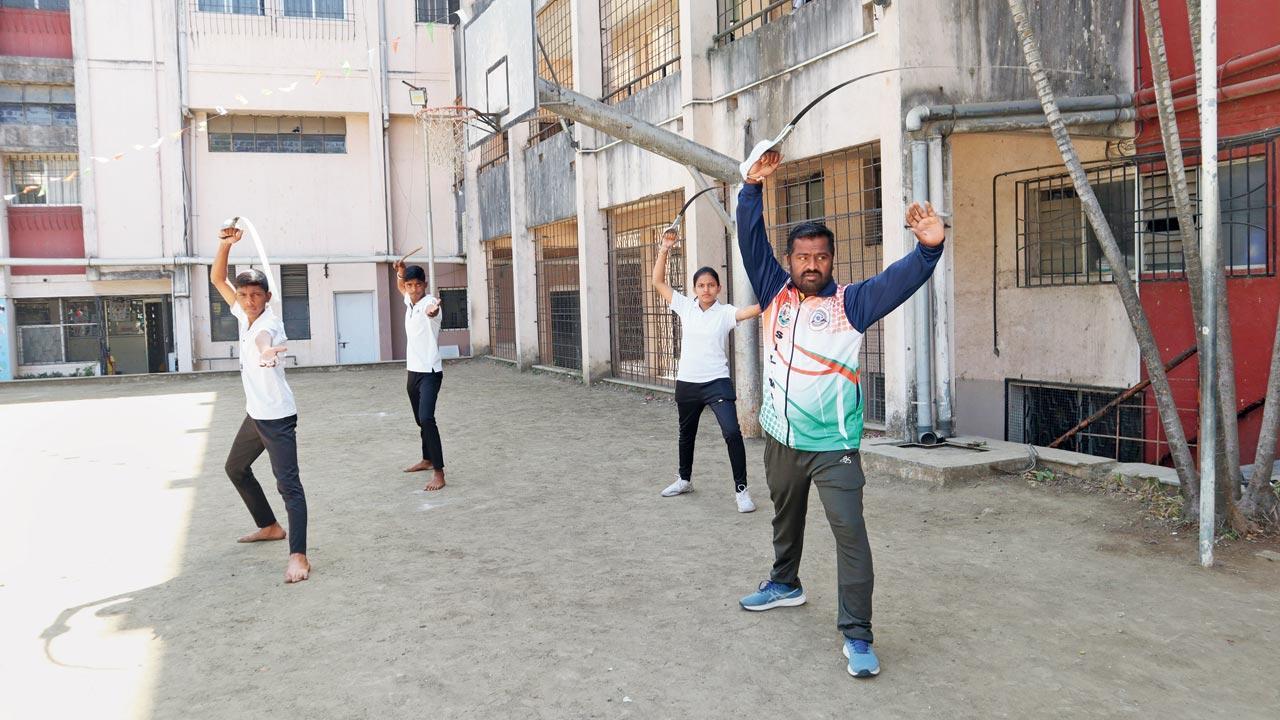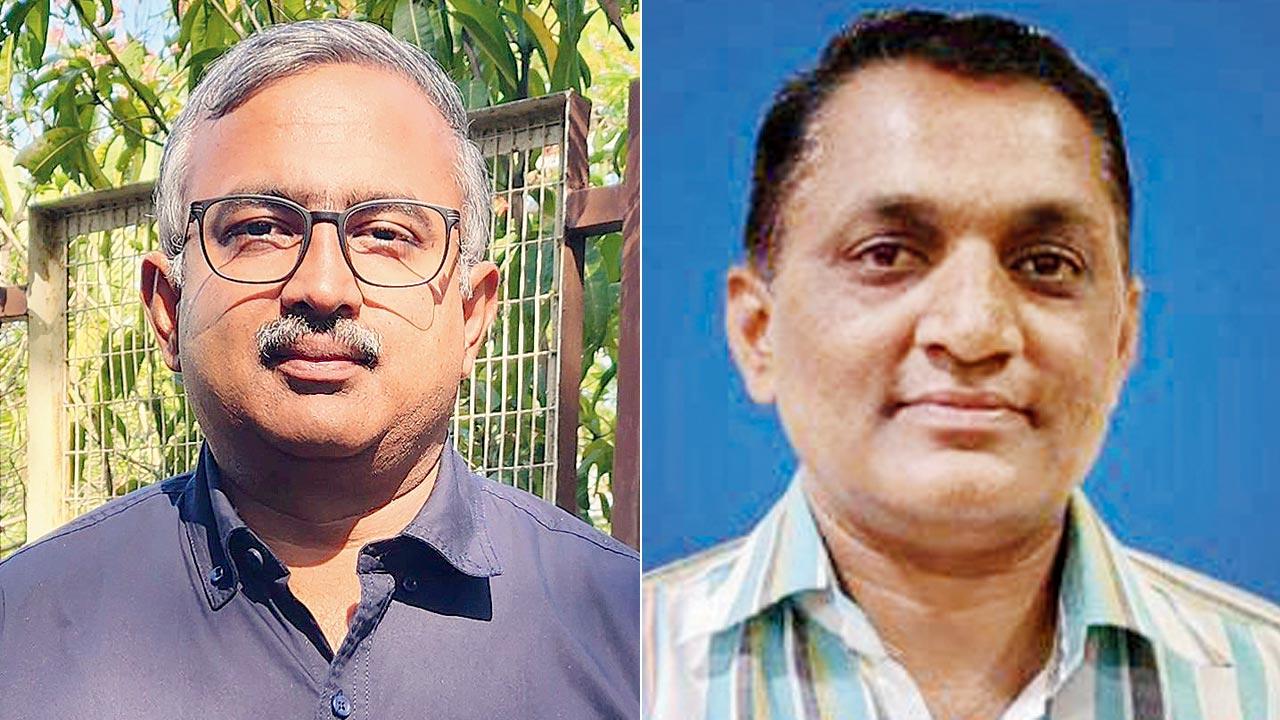The declaration of the dand patta as Maharashtra’s state weapon follows a growing modern interest in Maratha warfare and combat skill

Kundalik Kachale runs several schools for the Shivkalin Talim in Pune and has over 2,000 students enrolled to master the dand patta. Pics/Fahim M
The dand patta is the stuff of legend in Maharashtra. It combines the malleability of a gauntlet and the double-edged sharpness of a sword. Those who wield the dand patta must dedicate a year to acquiring the skill and precision it commands, before they can even lay their hands upon the weapon. Straight out of a fantasy novel, it was Shivaji’s weapon of choice; historians say that the Maratha king bestowed the name Yeshwanth on his favourite one.
This past week, most Mumbaikars heard of the dand patta for the very first time when it was declared the state weapon by cultural affairs minister Sudhir Mungantiwar on February 19—on the occasion of Chhatrapati Shivaji Maharaj Jayanti.
To Indrajit Sawant, a historian who has authored a book devoted to Shivaji’s swords, research about mediaeval Maratha warfare was incomplete without an in-depth exploration of the dand patta. “The weapon has made an appearance at pivotal points in Maratha history: when Shivaji was attacked by Afzal Khan, the former’s bodyguard Jiva Mahala is believed to have use the dand patta to cut off Khan’s head in one stroke,” the writer of Bhavani Talwari recalls.
 Nitin Shelar has been practising and teaching Maradani Khel for the last 10 years in Pune
Nitin Shelar has been practising and teaching Maradani Khel for the last 10 years in Pune
People began to perceive the weapon as possessing mythical powers—as the physical embodiment of the divine and dangerous for the Marathas throughout the 18th century. The rise of the British empire put an end to this perception. Come 1871, the weapons of warrior clans and tribes across the country were confiscated by British soldiers in response to the growing nationalism of the natives. “Many Marathas lost their ancestral and revered weapons. A few households hid them in the malas (granaries) out in their fields,” says Nitin Shelar, founder of Rashtraveer Sangh in Pune’s Ram Nagar.
Shelar has been practising and teaching the martial art Shivkalin Shastra Kala Taleem—now popularly referred to as Mardani Khel—for the last 18 years; the dand patta comes under this particular martial art. “There has been a resurgence in the martial art in the past two to three decades.” Sporadic efforts to revive the skills required for this martial art have been made since the early 20th century, but it is in the last decade that Maharashtra’s youth, particularly girls and young women, who have expressed a passionate interest in Mardani Khel.
This development is linked to a re-awakening that has taken place in the state—of what it means to be a Marathi woman today, says Dr Sujit Nilegaonkar, a former practioner of the martial art.
 Dr Sujit Nilegaonkar and Deepak Suryavanshi
Dr Sujit Nilegaonkar and Deepak Suryavanshi
Kundalik Kachale, who has been practising the martial art for the last decade and has tutored over 2,000 students in Pune, says that the transformation of close combat practices into sports has been the key to the resurgence. “Around 70 per cent of those learning Mardani Khel are girls or young women. Parents of young women from Marathi homes look at it as a way to equip their daughters with skills to fight off attackers,” says Kachale.
Kolhapur resident and journalist Deepak Suryavanshi explains how performative elements have been assimilated into the combat skill. “In one of its most performative forms, the practitioner holds a lemon between the ground and the heel of his/her feet. They then use the dand patta to slice the lemon into half. This is a skill that many youth strive hard to achieve,” says Suryavashi.
“It was a post-battle strategy,” says Shelar, letting us into the mastery behind the lemon slice move, “When we’d win a battle, the soldiers would walk across the battleground, checking for fellow soldiers in need of help. As far as the enemy soldiers were concerned, Marathas would walk over their bodies to make sure they were dead, while wearing the dand patta. Some enemy soldiers pretending to be slain would try to attack the Marathas and cut their heels. Now replace the lemon of modern times with any enemy soldier.” The dand patta was an equaliser in this sense—embraced by kings and soldiers.
 Subscribe today by clicking the link and stay updated with the latest news!" Click here!
Subscribe today by clicking the link and stay updated with the latest news!" Click here!










